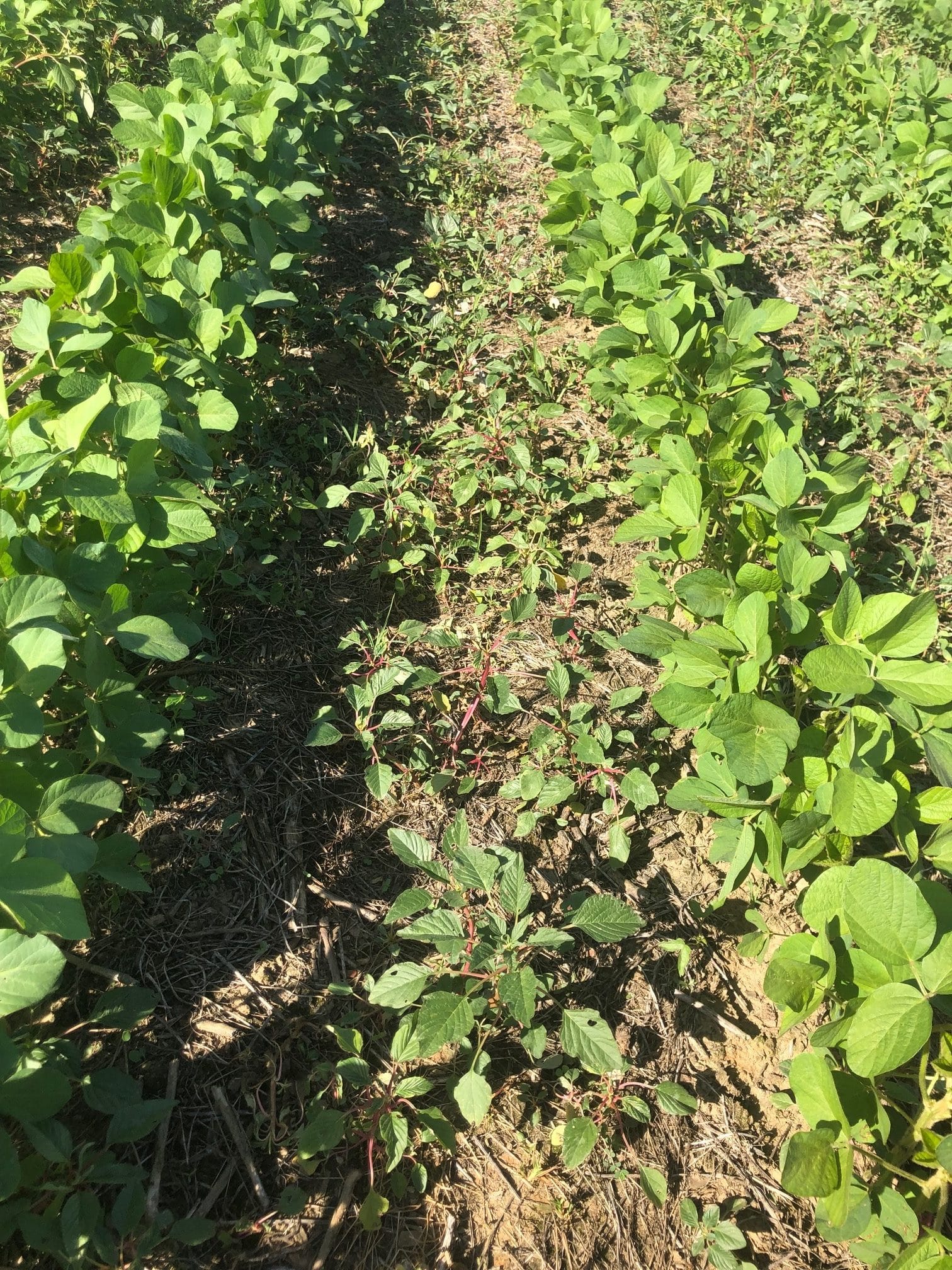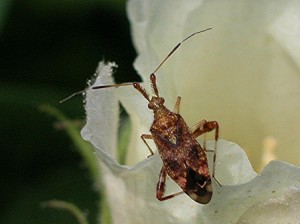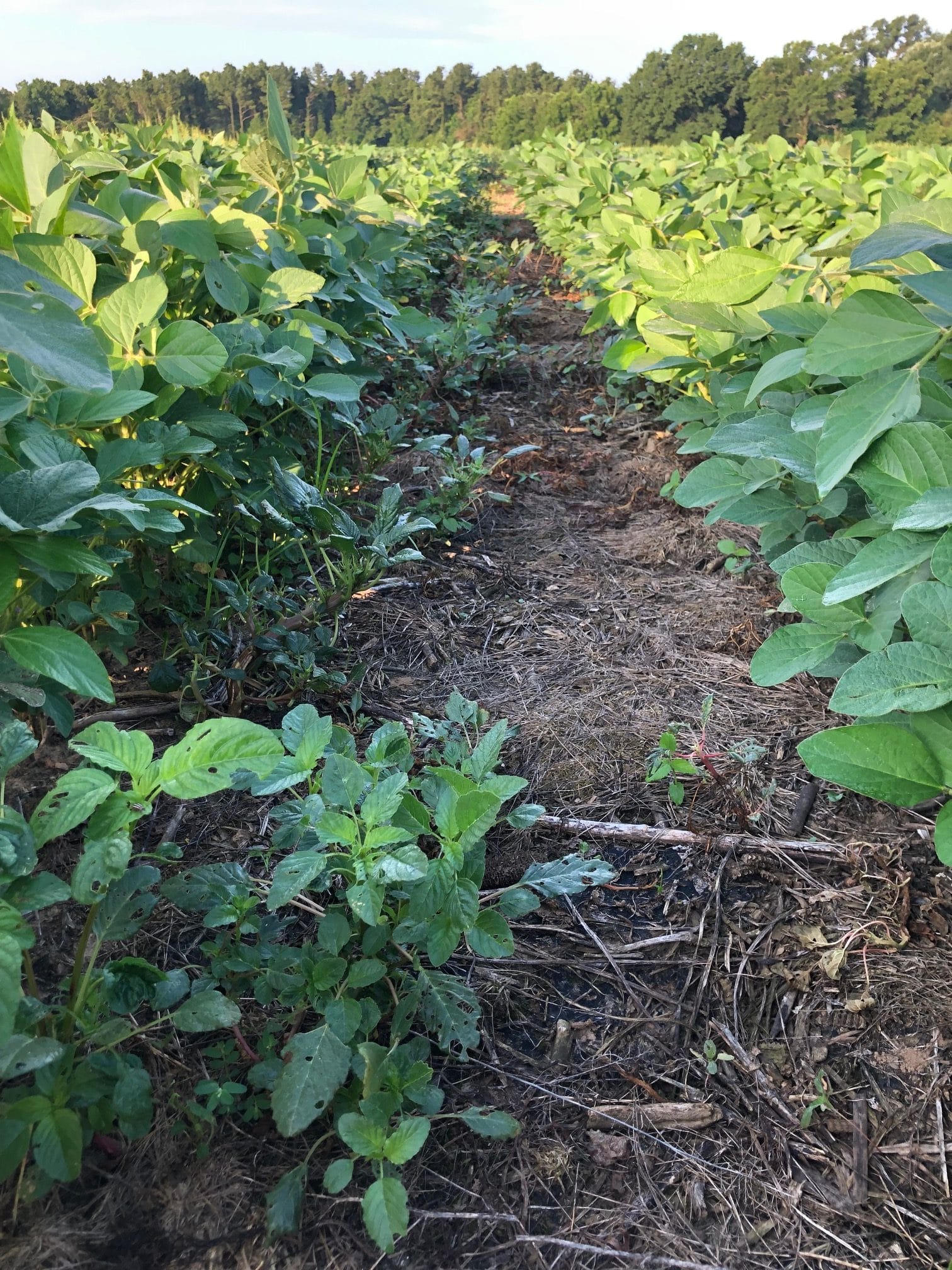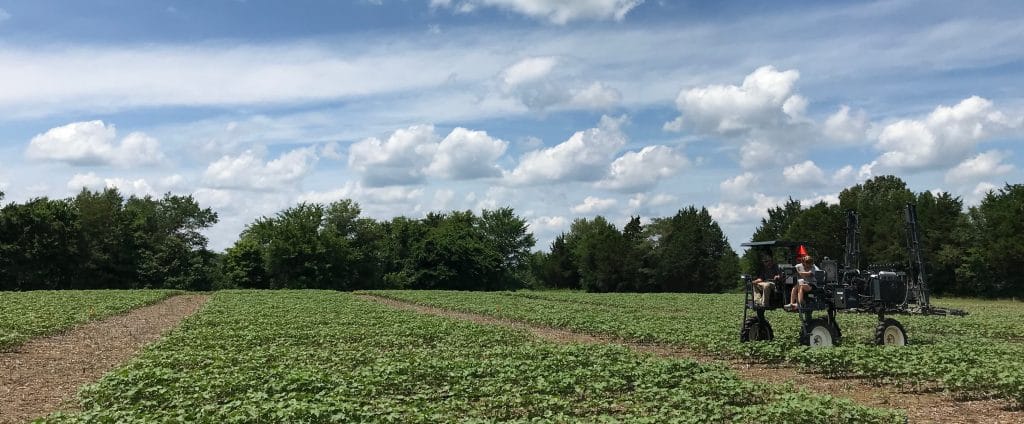
After more questions this past week on follow-up applications to remove Palmer amaranth, junglerice and goosegrass in Xtend crops it occurred to me we need a new thought process on weed management with this technology. Roundup Ready soybeans came out in 1996 and cotton in 1998. If we look back at the first three years with that technology, glyphosate was controlling every weed no matter the weed height. That Roundup Ready performance in the early years is still the expectation with Xtend technology. It has become abundantly clear, in year three, that Engenia or XtendiMax mixed with glyphosate is not providing even close to the level of weed control that glyphosate alone did back in it’s hay day. Continue reading




 This blog article covers a few things to keep in mind while managing cotton growth during the 2019 season.
This blog article covers a few things to keep in mind while managing cotton growth during the 2019 season.